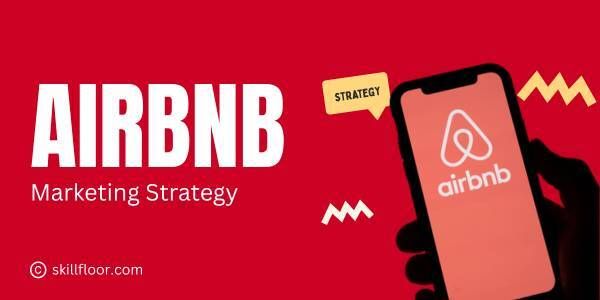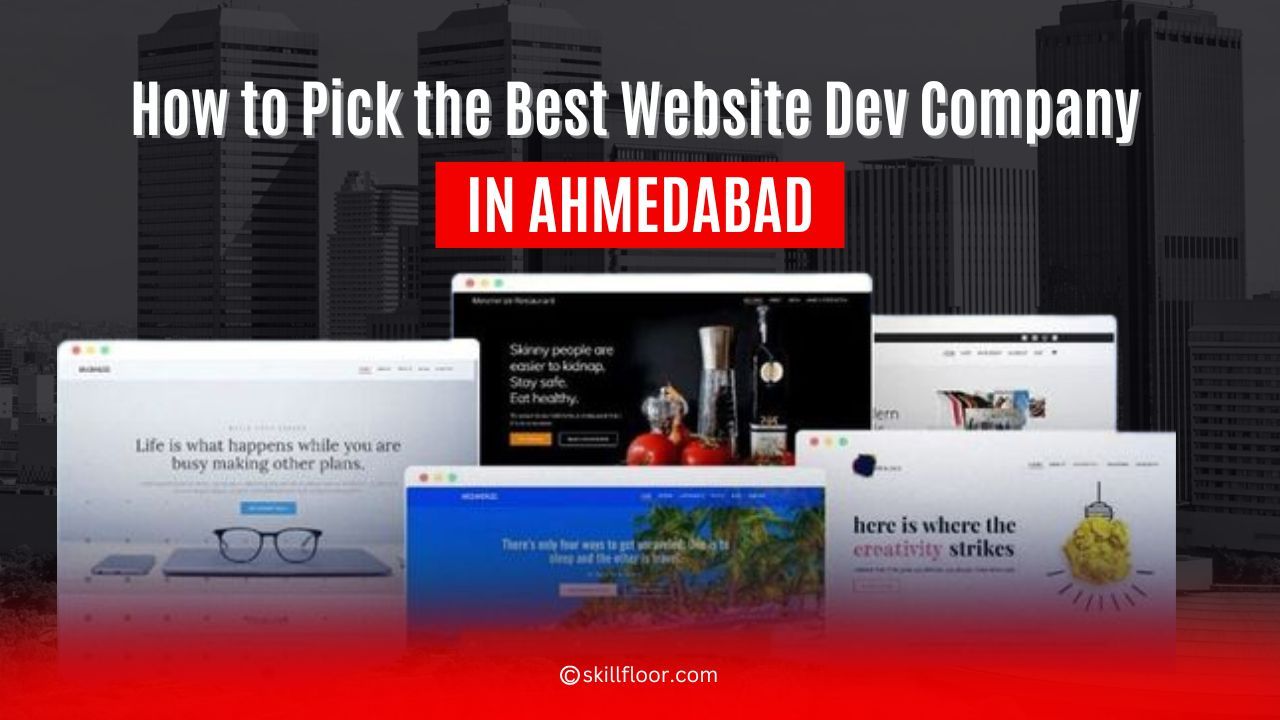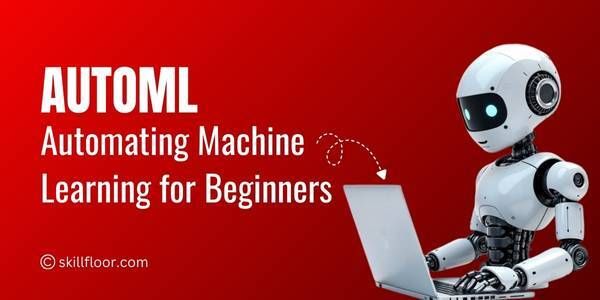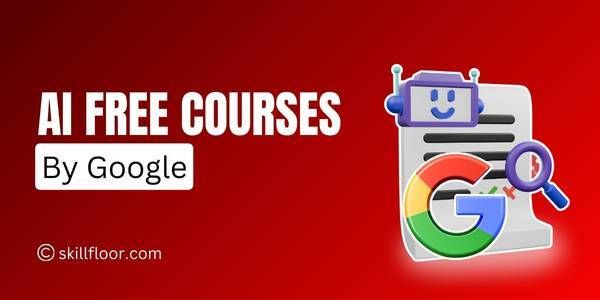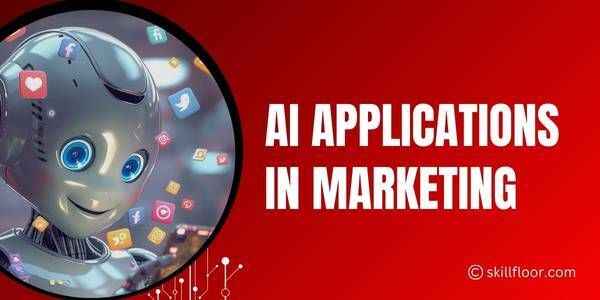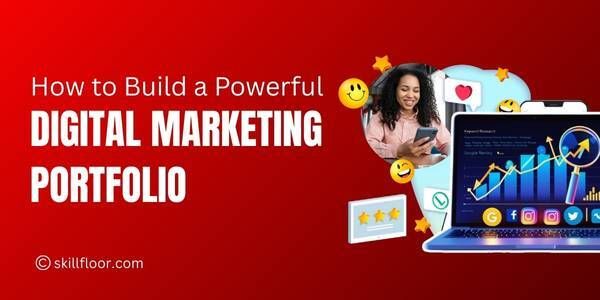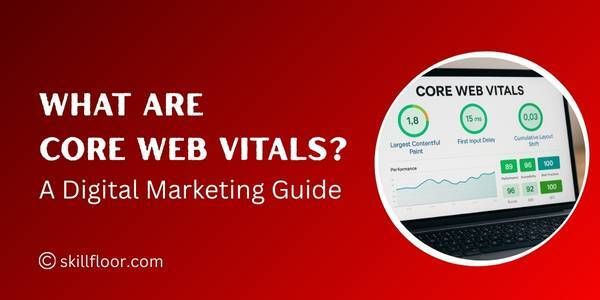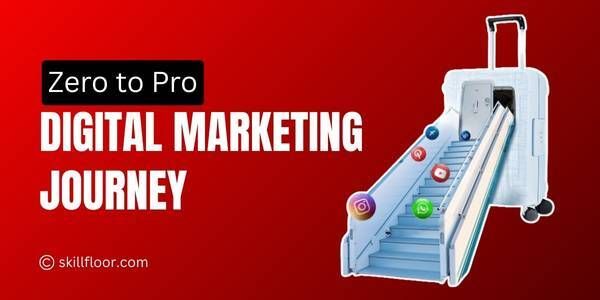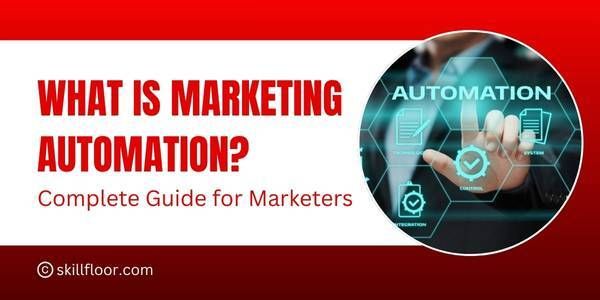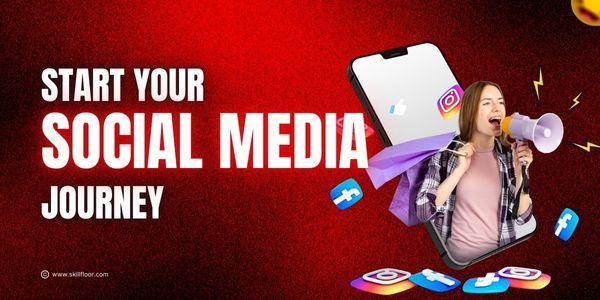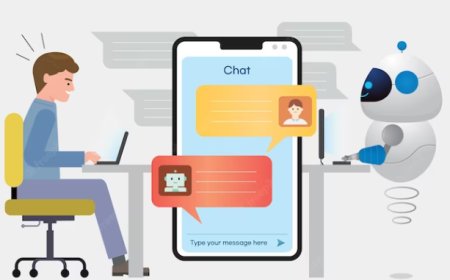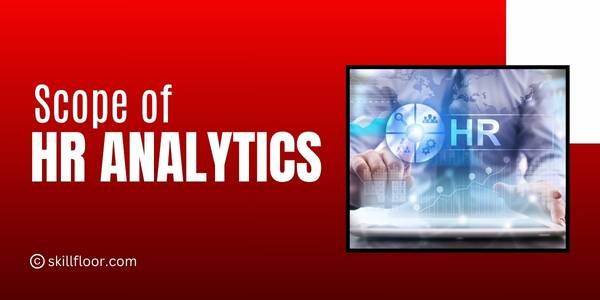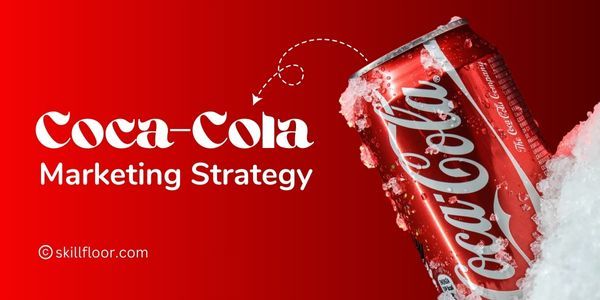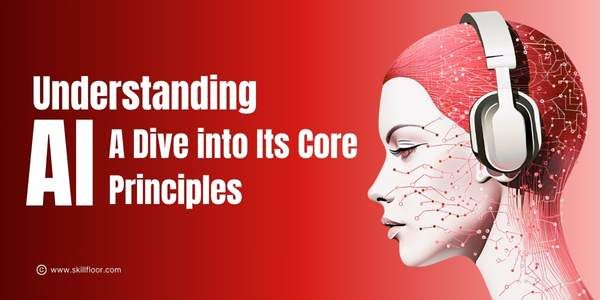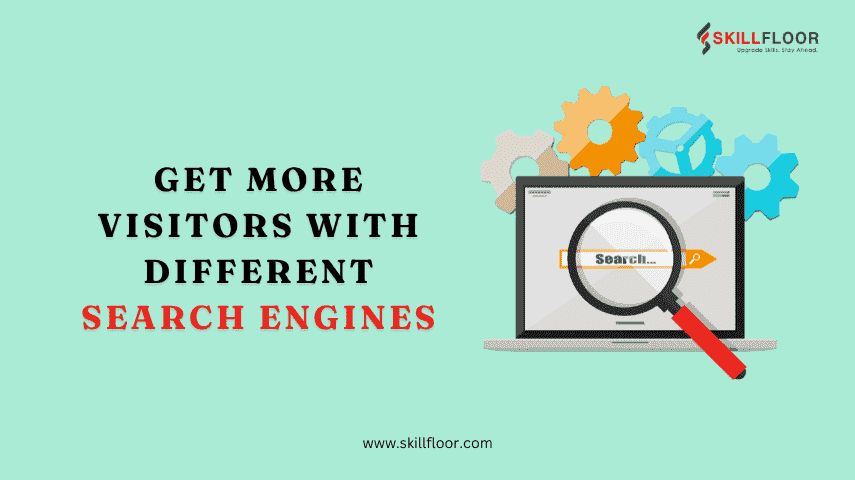How Marketers Can Succeed with Meta Ads Without Keywords
How can marketers boost results with Meta ads without depending on keywords? Discover smart strategies to reach your audience effectively and easily.

In 2025, Meta’s ad platforms like Facebook, Instagram, and WhatsApp are still very important for marketers. with over 3.43 billion monthly active users across its family of apps, reflecting a 6% year-over-year growth. But I’ve noticed a big change — using keywords to target ads doesn’t work as well anymore. Meta now uses smart AI tools like Advantage+ Audience that show ads to a wider group automatically, instead of picking keywords by hand. From my experience, this means marketers need to change how they run their ads if they want to get good results.
Recent numbers show Meta’s ad costs have gone up a lot. In early 2025, the average cost to show an ad 1,000 times was $10.88, which is 19% higher than last year. Even with higher costs, advertisers are still making good money. Many in the U.S. earn over three dollars for every dollar they spend on ads, which is about 12% better than two years ago. This tells me that using Meta’s smart AI tools and broad targeting is very important now. From my years working with startups and ads, I’ve seen that marketers who stop focusing only on keywords and trust Meta’s AI to find the right people and improve ads get better results. It’s about working smarter and letting the system do the hard work instead of trying to control everything yourself.
What Are Meta Ads?
Meta Ads are advertisements that appear on Meta’s family of platforms, including Facebook, Instagram, Messenger, and the Audience Network (partner apps and websites). These ads help businesses reach people who use these platforms by showing relevant content based on user interests, behaviors, and demographic information.
Unlike traditional search ads where advertisers target specific keywords that users type into search engines Meta Ads rely on powerful data and artificial intelligence to show your ads to people who are likely to be interested, even if they aren’t searching for your product or service at that moment. This means Meta Ads are great for discovery and brand awareness.
How Meta’s Algorithm Works
Meta’s advertising algorithm is a powerful system designed to show your ads to the people who are most likely to engage with them or take the desired action. Instead of relying on keywords, the algorithm uses artificial intelligence (AI) and machine learning to analyze vast amounts of data about users and their behaviors.
At a basic level, the algorithm learns who is interested in your products or services by looking at patterns such as:
-
What types of content users interact with (likes, comments, shares)
-
Pages and topics users follow or engage with regularly
-
Past purchase behavior and online activity
-
Demographics such as age, gender, and location
-
How users have interacted with similar ads in the past
As your campaign runs, the algorithm continuously tests your ads with different segments of people. It gathers real-time data on who responds best and then automatically optimizes ad delivery to focus more on these high-performing audiences. This dynamic learning helps you get the most value out of your ad budget.
Key Features of Meta’s Algorithm:
-
Real-time Learning: The algorithm quickly adapts based on which people interact with or convert from your ads, improving over time.
-
Audience Segmentation: Instead of targeting by keywords, the algorithm segments audiences based on behavior and interest signals.
-
Budget Optimization: Meta automatically shifts your budget toward the best-performing ads and audiences, maximizing return.
-
Placement Selection: It chooses where to show your ads (Facebook feed, Instagram stories, Messenger, etc.) based on where they perform best.
-
Ad Creative Testing: The algorithm tests different ad creatives and shows the versions that resonate most with your audience.
Why This Matters for Marketers
Because Meta’s algorithm uses machine learning and data, you don’t need to guess which keywords or specific audience segments to target. Instead, you provide Meta with your campaign objective, creative assets, and basic audience guidelines, and the algorithm finds the people most likely to convert.
This means:
-
Less manual effort spent on detailed targeting and keyword research
-
Better campaign performance through data-driven optimization
-
Ability to reach new and unexpected audiences that fit your buyer profile
How to Use Meta Ads in Digital Marketing
Meta Ads can be a powerful tool for digital marketers when used properly. Here’s how you use Meta Ads effectively:
-
Create a Business Manager Account: This is your centralized dashboard for creating and managing campaigns, billing, and assets.
-
Choose a Campaign Objective: Meta offers objectives such as brand awareness, traffic, lead generation, app installs, or conversions. Your choice tells Meta’s algorithm what your priority is.
-
Define Your Audience: Instead of keywords, you select your audience based on:
-
Demographics: Age, gender, location, language.
-
Interests: Pages or topics users follow or engage with (e.g., travel, fitness).
-
Behaviors: Activities such as frequent online shoppers or recent purchasers.
-
Custom Audiences: Upload your existing customer lists or retarget website visitors.
-
Lookalike Audiences: Meta finds people similar to your best customers.
-
Create Your Ads: Use images, videos, or carousels with compelling copy. Meta offers various formats tailored to different goals.
-
Set Budget and Schedule: Choose a daily or lifetime budget. Start small to test what works before scaling.
-
Track Results with Meta Pixel: A small piece of code added to your website that tracks conversions like purchases or sign-ups and feeds this data back to Meta to optimize your campaigns.
This process allows marketers to reach the right people without depends on keywords and adapt their campaigns based on real user behavior and conversions.
Recent Updates in Meta Ads You Should Know
Meta regularly updates its advertising platform to stay ahead in technology and privacy while helping advertisers achieve better results.
1. Reels Ads: Enhanced Placement and AI Integration
Meta is testing "Reels Trending Ads," which position branded content directly after popular, creator-generated Reels on Facebook and Instagram. This strategy aims to capitalize on high-visibility, contextually relevant ad placements, similar to TikTok's Pulse program. Additionally, Meta is integrating AI tools to help advertisers repurpose and optimize assets, enhancing content personalization and targeting accuracy.
2. Interactive Poll Ads: Boosting Engagement
Meta has globally expanded its video poll ads, allowing advertisers to incorporate interactive polls within their video content. This feature enhances user engagement and provides valuable insights into consumer preferences. Brands can use these polls to gather feedback, improve products, and strengthen customer relationships.
3. Advantage+ Campaigns: AI-Driven Optimization
Meta's Advantage+ campaigns utilize AI to automate various aspects of advertising, including audience targeting, creative optimization, and budget allocation. These campaigns aim to maximize performance by delivering ads to the most relevant users. For instance, Advantage+ Sales campaigns have shown a 7.2% lower cost per result when using the Advantage+ Audience feature.
4. Conversions API (CAPI): Enhanced Tracking and Privacy Compliance
Meta's Conversions API allows advertisers to send conversion data directly from their servers to Meta, bypassing browser limitations and improving tracking accuracy. This is particularly important in a privacy-conscious environment, ensuring compliance with regulations like Apple's App Tracking Transparency. Notably, Meta has announced that the Offline Conversions API will be discontinued in May 2025, emphasizing the shift towards server-side tracking solutions.
5. Aggregated Event Measurement (AEM): Adapting to Privacy Regulations
Meta's Aggregated Event Measurement (AEM) protocol enables advertisers to measure web and app events from users on iOS 14.5 and later devices, even if they opt out of tracking. AEM allows for the prioritization of up to eight conversion events, ensuring that advertisers can still track meaningful interactions while respecting user privacy.
Difference Between Google Ads and Meta Ads
-
Google Ads: These ads show up when users actively search for products or information. Keywords are essential because the ad must match the exact or related search terms users enter.
-
Meta Ads: Ads appear in social feeds and stories, where users are passively browsing, not actively searching. Meta uses interest and behavior data to find audiences without needing keywords.
Google Ads are “pull marketing” focused on capturing existing demand, while Meta Ads are “push marketing” geared toward generating new demand by introducing your brand to relevant users.
Why Google Ads Need Keywords and Meta Ads Don’t
Google Ads and Meta Ads are two popular digital advertising platforms, but they work very differently, especially when it comes to using keywords.
Google Ads: Keyword-Based Advertising
Google Ads primarily operates on the principle of matching user intent. When someone searches on Google, they type specific words or phrases (keywords) related to what they want—like “buy running shoes” or “best pizza near me.” Advertisers bid on these keywords to show their ads when someone searches for them.
Because Google Ads are triggered by exact or related keywords, the ads appear to people who are actively searching for something. Keywords are essential here because they help Google understand which ads are relevant to a user’s query.
Meta Ads: Interest and Behavior-Based Advertising
Meta Ads (Facebook, Instagram, etc.) work differently. Users aren’t actively searching for products when they scroll through their feeds—they’re discovering content passively. Meta uses rich data about users’ demographics, interests, and online behavior to decide who might be interested in an ad.
Instead of keywords, Meta’s powerful AI analyzes user profiles and engagement patterns to deliver ads to people likely to respond. This means you don’t need to specify keywords; Meta figures out the best audience for your ads.
Comparison Table: Google Ads vs. Meta Ads on Keywords
|
Aspect |
Google Ads |
Meta Ads |
|
Ad Trigger |
Keywords entered by users in search |
User interests, demographics, and behaviors |
|
User Intent |
High (active search for products/services) |
Low to medium (passive content discovery) |
|
Keyword Requirement |
Essential—ads linked directly to keywords |
Not required—audience targeting based on data |
|
Targeting Focus |
Search queries and keyword match types (broad, phrase, exact) |
Interests, behaviors, demographics, Custom and Lookalike Audiences |
|
Ad Format |
Text ads, Shopping ads, Display ads |
Image, video, carousel, stories, interactive ads |
|
Ideal For |
Capturing demand and conversions from active searchers |
Building awareness and targeting based on user profiles |
|
Optimization |
Keyword bids, Quality Score, search intent |
AI-driven audience optimization and automated placements |
|
Cost Model |
Pay per click (PPC) on keywords |
Pay per impression, click, or conversion, based on audience targeting |
|
Best Use Case |
When users know what they want and search for it |
When targeting users based on lifestyle, interests, and behaviors |
Key Components of Successful Meta Ads
Success with Meta Ads (without using keywords) depends on learning these key components:
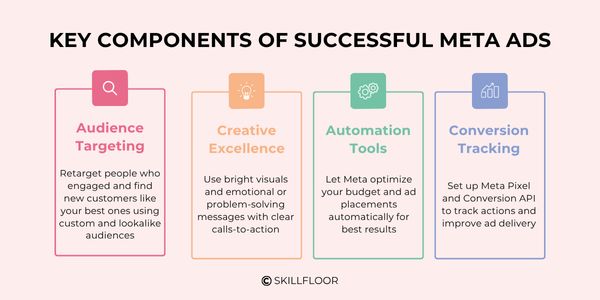
-
Audience Targeting: Use Custom Audiences to retarget people who interacted with your brand and Lookalike Audiences to find new customers resembling your best existing ones. Detailed targeting lets you layer interests, demographics, and behaviors.
-
Creative Excellence: Ads should grab attention with bright, clear visuals or videos. The messaging must connect emotionally or address a problem your audience cares about. Strong calls-to-action (CTAs) like “Shop Now” or “Learn More” guide users to take action.
-
Automation Tools: Use Campaign Budget Optimization (CBO), which automatically distributes budget across your best-performing ads, and Automatic Placements, where Meta chooses where your ads appear (Facebook Feed, Instagram Stories, etc.) based on performance data.
-
Conversion Tracking: Install Meta Pixel and Conversion API to track valuable events like purchases or sign-ups. Accurate tracking feeds data into Meta’s machine learning to improve ad delivery continuously.
Advanced Tips to Maximize Success
To go beyond the basics:
-
Use Video & Interactive Content: Videos are more engaging than images, and interactive formats like polls or AR filters encourage user participation and brand recall.
-
A/B Testing: Continuously test multiple versions of your ads (different images, headlines, CTAs) to identify what resonates best with your audience.
-
Influencer Collaborations: Partner with trusted influencers to introduce your brand authentically to their followers, enhancing reach without keyword targeting.
-
Offline Data Integration: Upload customer email lists or purchase histories to create high-quality Custom Audiences, allowing more precise retargeting.
-
Creative Refresh: Change ad creatives regularly to avoid ad fatigue and keep your campaigns fresh.
Future Trends: AI and Privacy in Meta Ads
-
AI Will Get Smarter: Meta will further automate targeting, budgeting, and even creative recommendations, reducing manual workload for marketers.
-
Privacy Regulations Will Shape Targeting: With laws like GDPR, CCPA, and Apple’s ATT, marketers will increasingly rely on first-party data (collected directly from customers) and privacy-friendly tracking methods like Conversion API.
-
Contextual Targeting Gains Importance: As third-party cookies fade, understanding user context and behavior rather than relying on explicit data will become critical.
-
Greater Automation: Expect more tools to automate entire campaign lifecycles, enabling marketers to focus on strategy and creativity.
Challenges in Meta Ads and How to Avoid Them
Common issues include:
-
Broad Targeting: Targeting too many people dilutes your budget and lowers relevance. Solution: Start with specific interests and behaviors, then expand based on campaign data.
-
Ad Fatigue: Running the same ads too long reduces effectiveness. Refresh creatives every 1–3 weeks depending on audience size.
-
Tracking Errors: Improper installation of Meta Pixel or Conversion API leads to poor data and optimization. Use Meta’s debugging tools to verify correct setup.
-
Over-Reliance on Automation: While Meta’s AI is powerful, marketers must monitor performance and adjust targeting, creatives, or budgets as needed
Simple Steps to Start Your First Meta Ads Campaign
-
Create a Meta Business Account: Go to Meta Business Suite and set up your account to manage your ads and pages.
-
Connect Your Facebook Page and Instagram Account: Link your business’s social media profiles for easy ad creation and management.
-
Install Meta Pixel on Your Website: Add a small tracking code (Meta Pixel) to your website to monitor visitor actions like purchases or sign-ups.
-
Choose Your Campaign Objective: Pick a goal for your ads, such as increasing website traffic, generating leads, or boosting sales.
-
Define Your Target Audience: Select who will see your ads based on location, age, gender, interests, or upload your existing customer list.
-
Create Your Ads: Design engaging visuals or videos with clear messages and a strong call-to-action (like “Shop Now” or “Learn More”).
-
Set Your Budget and Schedule: Decide how much you want to spend daily or over the campaign’s lifetime and choose how long the campaign runs.
-
Launch Your Campaign: Start your ads and let Meta show them to your chosen audience.
-
Monitor and Optimize: Check your ad performance regularly and make changes to targeting, creatives, or budget to improve results.
How to Measure Success in Meta Ads
When running Meta Ads, success is about more than just counting clicks. Since Meta Ads focus on reaching the right audience and encouraging meaningful actions, you need to track several key metrics to understand how well your ads are performing.
-
Reach: This tells you how many unique people saw your ad. It’s important because even if a few people click, your brand is getting exposure. The more relevant people you reach, the higher your chances of creating awareness and future sales.
-
Engagement: This includes likes, comments, shares, and reactions on your ad. Engagement shows that people are interested and interacting with your content. Higher engagement can improve your ad’s visibility because Meta’s algorithm rewards ads that users find relevant and enjoyable.
-
Conversions: This measures how many people took the specific action you want, such as buying a product, signing up for a newsletter, or downloading an app. Tracking conversions is crucial because it shows whether your ads lead to real business results, not just attention.
-
Return on Ad Spend (ROAS): ROAS tells you how much revenue you earned for every dollar spent on ads. For example, a ROAS of 4 means you earned ₹400 for every ₹100 spent on ads. This means if you invested ₹100 in your Meta Ads campaign, you made ₹400 back in revenue. This metric helps you understand if your campaign is profitable and worth continuing.
To succeed with Meta Ads without depending on keywords, marketers should focus on understanding and reaching the right audience by using Meta’s advanced data and AI tools. Instead of guessing keywords, they can use interests, behaviors, and lookalike audiences to connect with people who are most likely to care about their products or services. Creating eye-catching ads with clear messages and tracking how people interact with those ads helps marketers improve their campaigns over time. By testing different ads and letting Meta’s automation optimize the budget and placements, businesses can get better results while saving time and money. Overall, using Meta Ads smartly means focusing on people and their interests, not just keywords, to grow successfully in today’s digital world.

